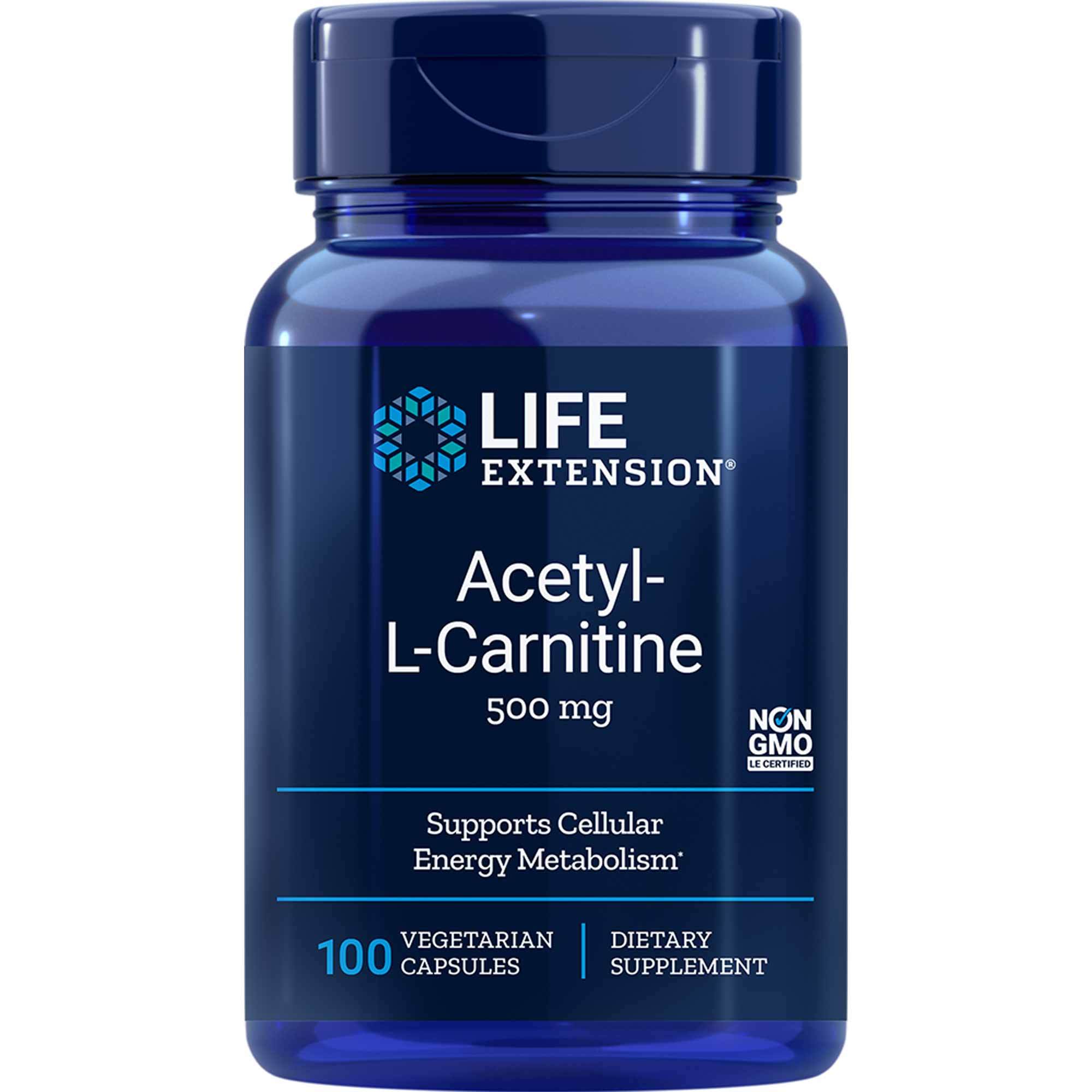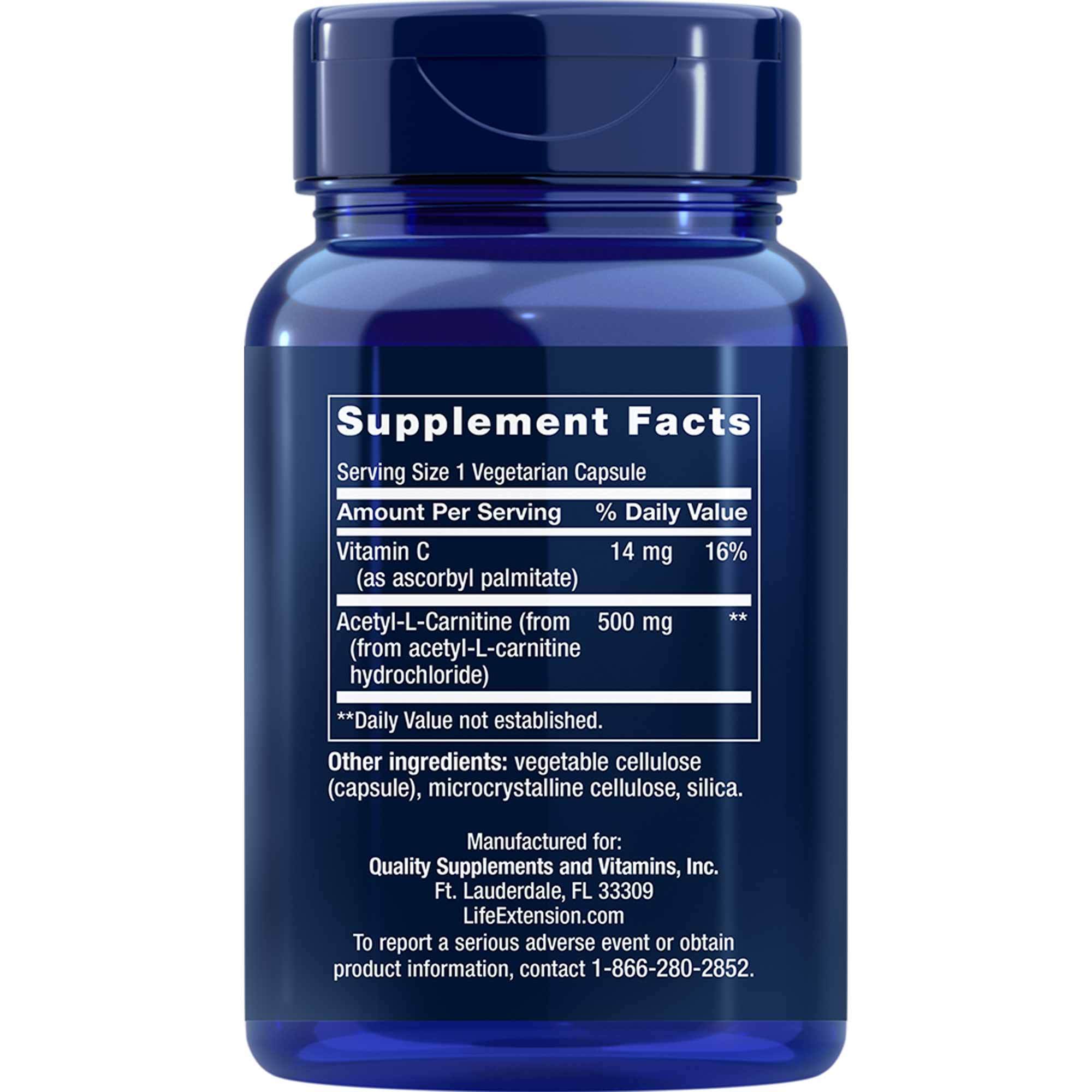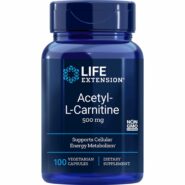- Take one (1) capsule two to four times daily, or as recommended by a healthcare practitioner.
- This product is best utilized when taken on an empty stomach with water or juice in divided doses 45 minutes before breakfast and lunch.
Serving Size: 1 Vegetarian Capsule
Amount Per Serving:
Vitamin C … 4mg
(as ascorbyl palmitate)
Acetyl-L-Carnitine … 500mg
(from acetyl-L-carnitine hydrochloride)
Other ingredients: vegetable cellulose (capsule), microcrystalline cellulose, silica.
Non-GMO








Reviews
There are no reviews yet.